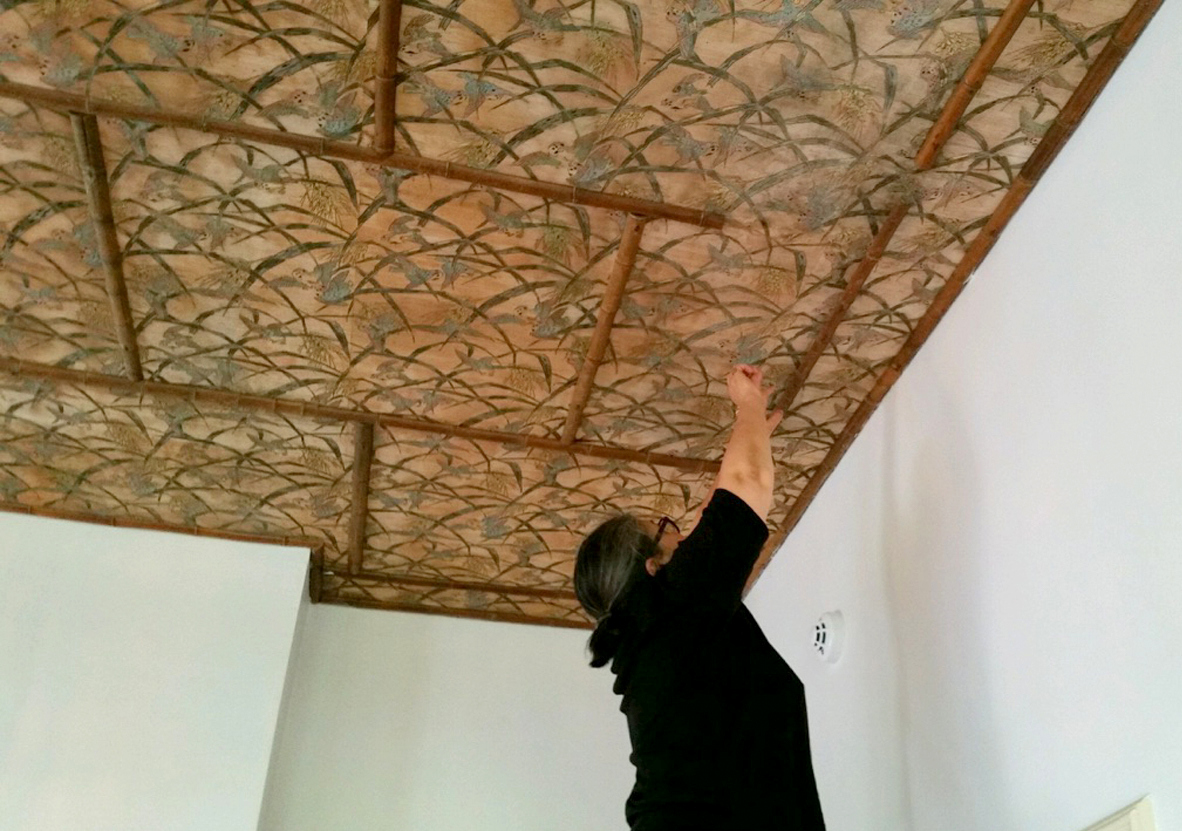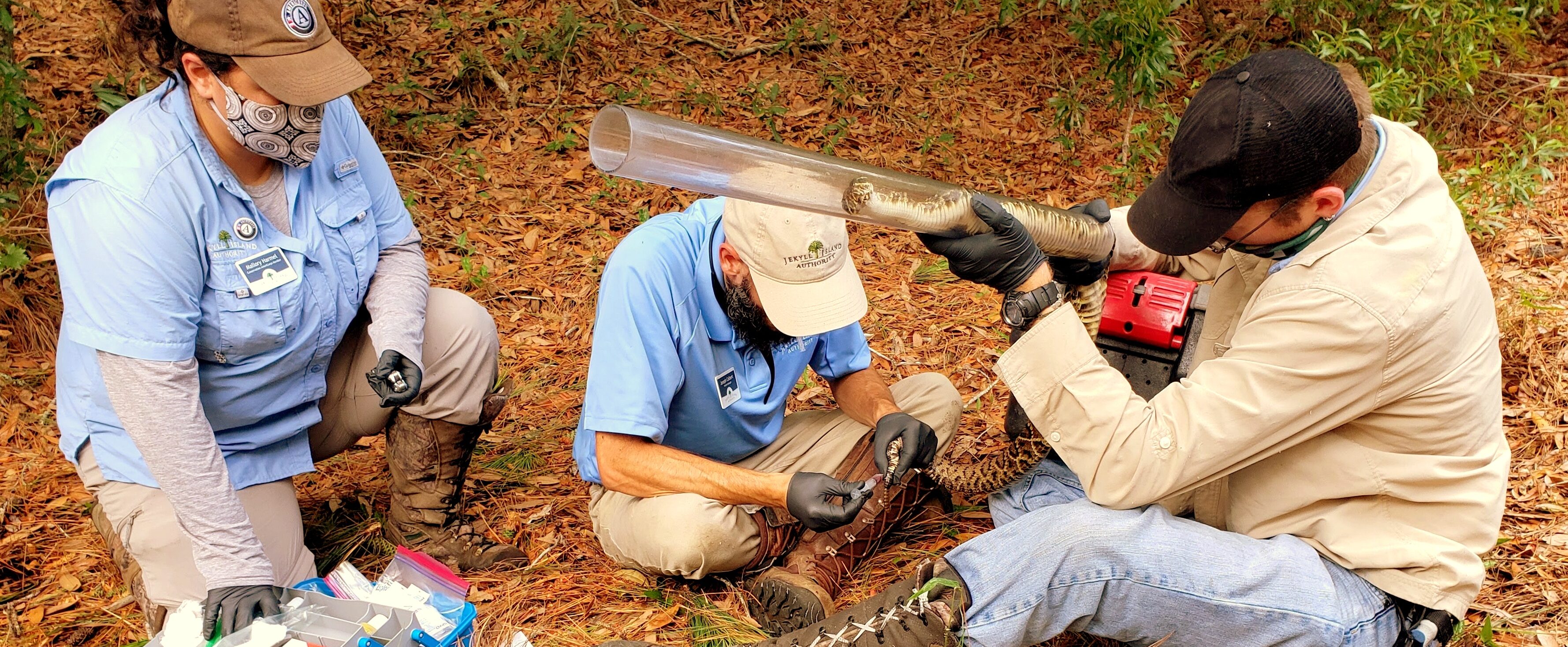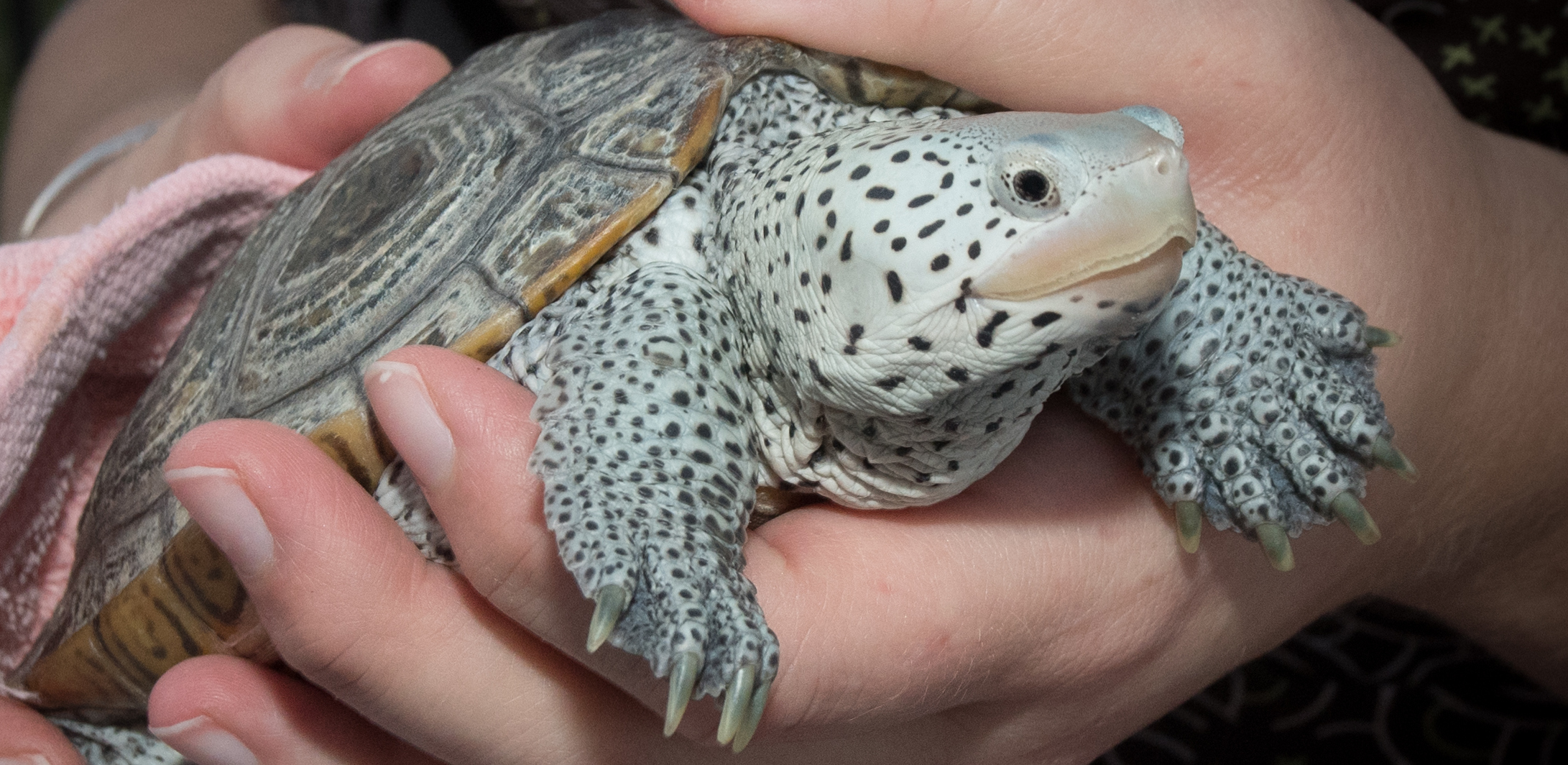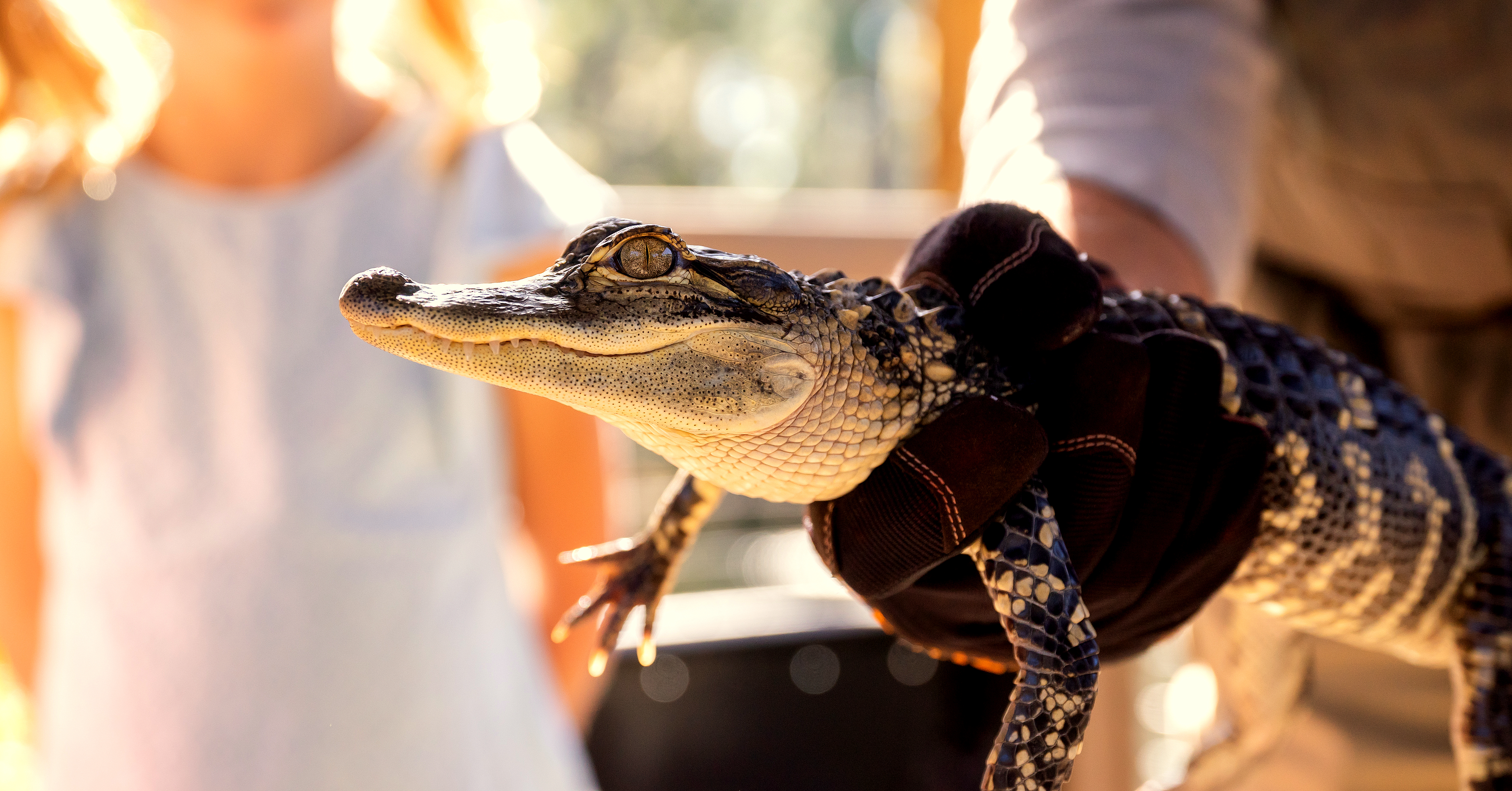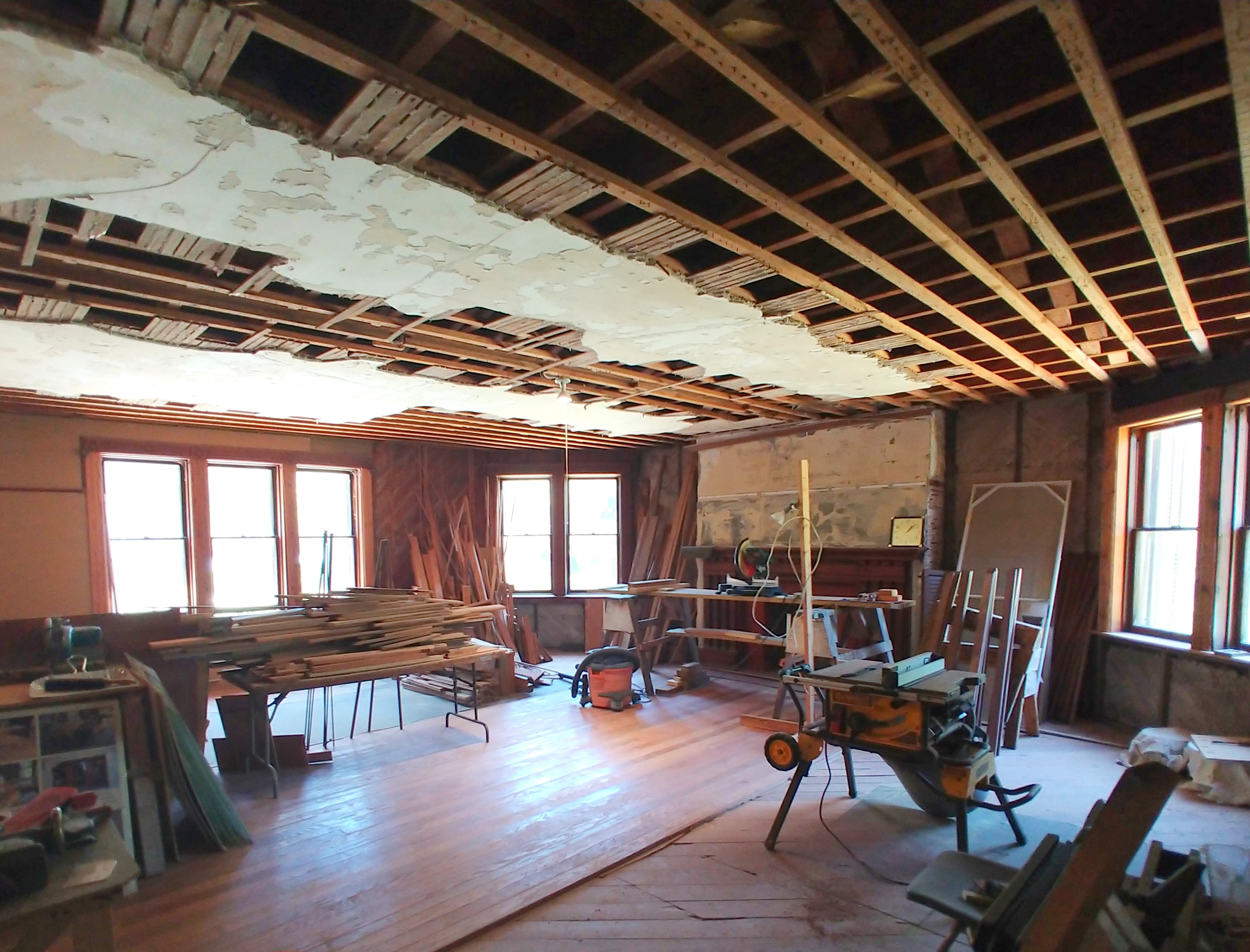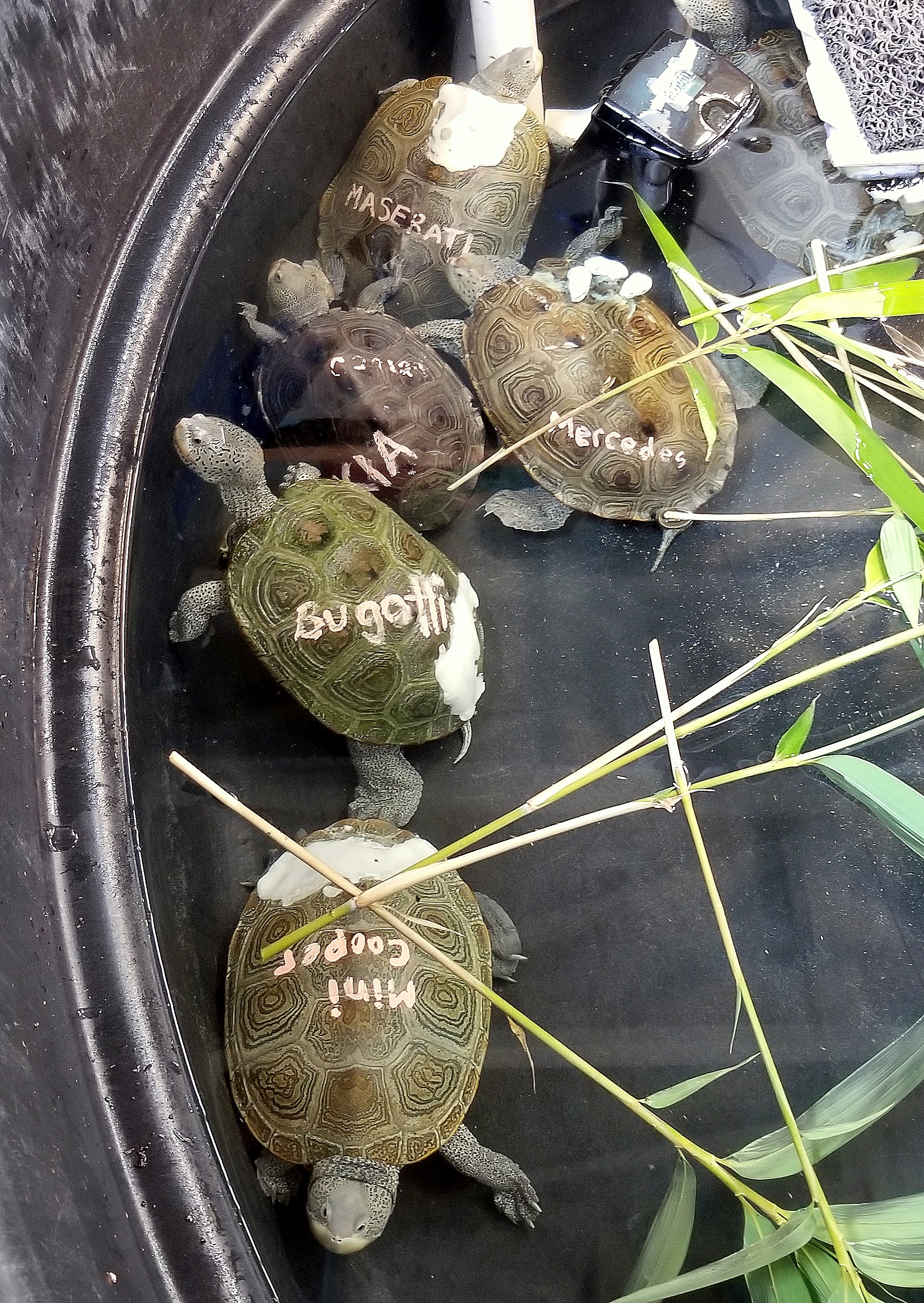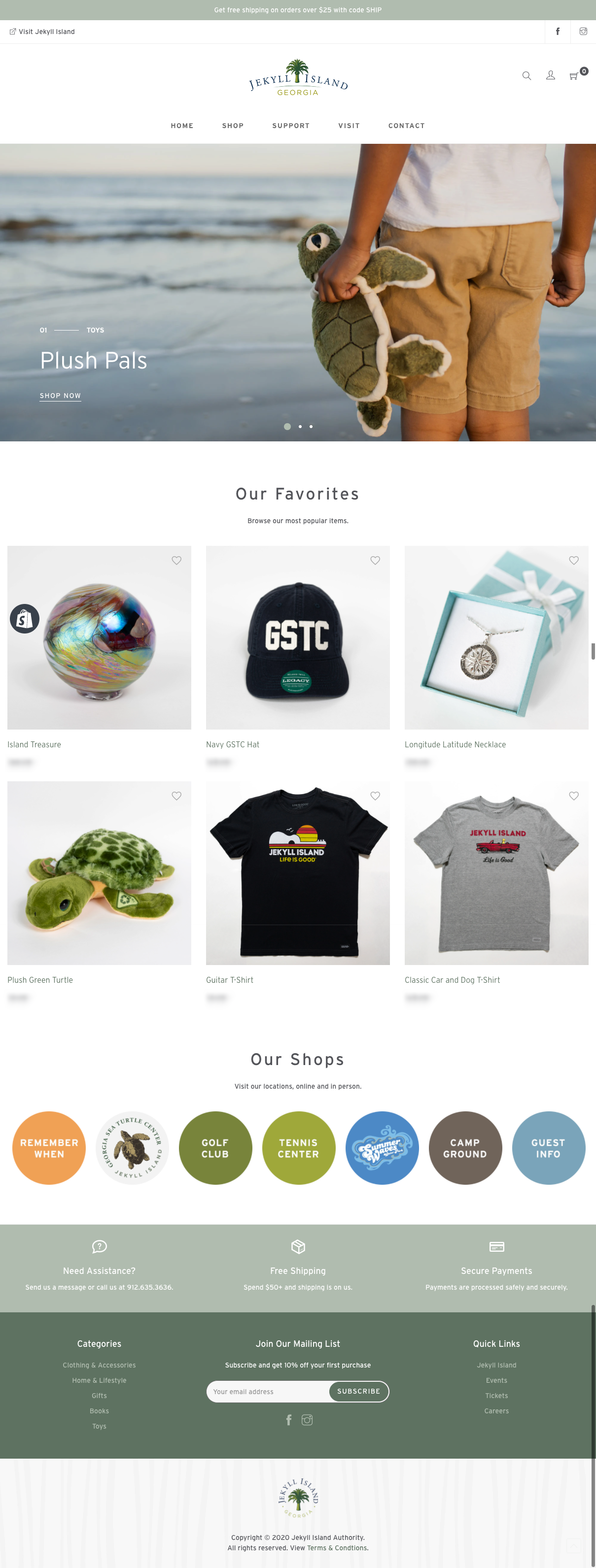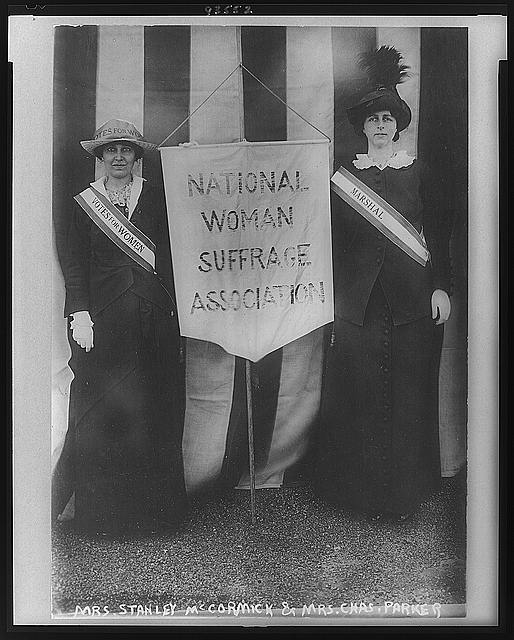By Andrea Marroquin
JIA Historic Resources Curator
Mosaic, Jekyll Island Museum celebrates the reopening of Mistletoe Cottage following extensive efforts to rehabilitate the sunroom to its Jekyll Island Club Era appearance.
Originally built for locomotive manufacturer Henry Kirke Porter in 1901, the luxurious retreat was sold in 1925 to John Claflin, the largest dry goods dealer in the country.
One of the most fascinating rooms in the cottage is the sunroom. A beautiful ceiling treatment, covered with hand-painted images of birds and leaves in brilliant colors, graced the sunroom for many years. However, the cumulative effects of light, water, and time eventually took its toll on the historic fabric and substantively damaged the original material.
Historic Resources preservation staff consulted with specialists from the Northeast Document and Conservation Center, to carefully remove, conserve, digitize, and reproduce the delicate bamboo, rice paper, and silk fabric ceiling covering. The original Chinese silk wallpaper was framed for display in the cottage. Meanwhile, the reproduction ceiling treatment, reinstalled and trimmed with its original bamboo border, is now more vivid and vibrant than ever.
Following an historic paint analysis, the walls of the sunroom were also returned to their original blue paint color. The brilliant blue adds to the indoor-outdoor feel of the space and complements the bright hues of the birds in flight above.
We invite you to come see the finished product! The original beauty of the cottage can be discovered through tours and special programs of the historic district. Click HERE for information about upcoming experiences offered at Mosaic, Jekyll Island Museum.
